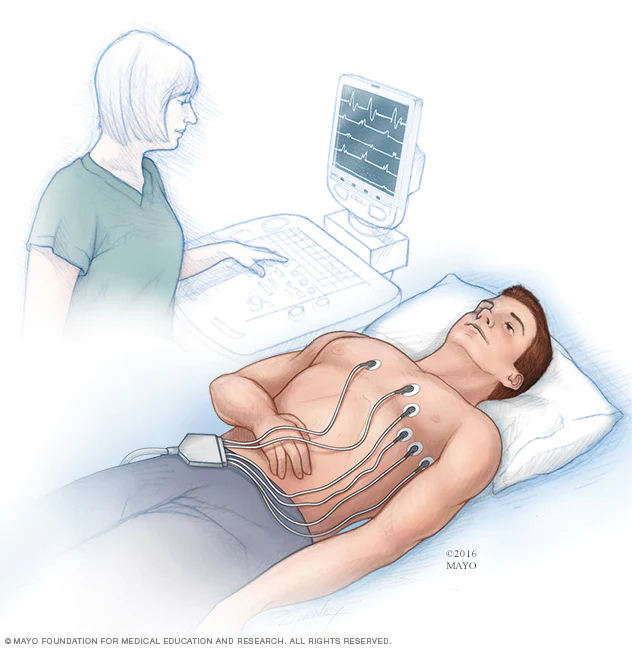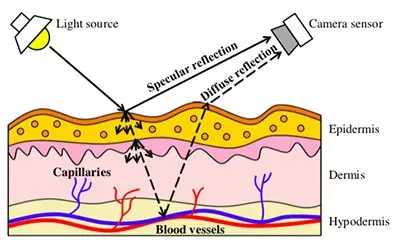
Sep 08, 2021
Our heart tells us a lot about our bodies. To extract that information, traditionally, we use electrocardiograms, known as ECGs or EKGs, to check our heart conditions. With 12 sensors attached to your body to record the electrical signals in your heart, ECGs capture your Heart Rate (HR), Heart Rate Variability (HRV), detect irregular heart rhythms, and much more.

Electrocardiogram (ECG). Source: Mayo Clinic.
With the rise of technology, alternative methods such as Photoplethysmography (PPG) and its contactless version of remote Photoplethysmography (rPPG), have also grown to capture valuable information from our hearts through image-processing.
Photoplethysmography (PPG) is an optical technique that detects the changes in our blood flows through the changes of light intensity absorbed by the PPG detector. An emitter shines low-intensity infrared light through our skin that is absorbed by blood and reflected back to the detector. The larger the blood volume that runs through our arteries, the more light is absorbed, and the weaker the light intensity the detector picks up. The changes in light intensities are then used to calculate our heart rates and other indicators of our health.

Diagram illustrating the PPG mechanism. Source: The Conversation.
PPG is used by fitness watches such as Apple Watch, Garmin, and Fitbit. While their measurements are fairly accurate, they get less accurate when one is in motion. This is due to its reliance on reflected light variations which are also affected by motion.
Remote Photoplethysmography (rPPG) solves the problem of noise by adjusting for motion. rPPG operates on similar principles as PPG, but instead does not require infrared lights and relies on analyzing the color changes on our skin from the blood flow beneath. rPPG analyzes the changing RGB signals to evaluate our health conditions.

rPPG picks up color variations reflected on our skin with a camera sensor. Source: Wang et al.
The advantage of rPPG is that it does not need specialized devices and is a truly contactless solution. However, the accuracy of rPPG is also reliant on the quality of the signals processed, which are affected by various factors such as luminance, distance, and image quality.
FH Vitals™ uses rPPG as its foundation and has offset the impacts of noise through its proprietary models and algorithms. FH Vitals™ adjusts for motion and luminance changes while using a rigorous database of clinical trials for training. We have also incorporated input from doctors to further perfect our technology. The end result allows us to measure heart rates within ± 3 bpm accuracy, and blood pressures within ± 5~10 mmHg.
We believe the possibilities of remotely measuring vital signs are endless. Transforming a simple cellphone into a medical-grade device allows more people around the world to take better care of their health. Request a demo to see FH Vitals™ in action and to experience it for yourself.